Sharp was a frontrunner among the many companies that began developing calculators throughout the 1960s and 1970s. Until 1970, Sharp was only the trade name of the Hayakawa Electric Industry Company; thereafter, the company changed its official name to Sharp Corporation to prevent confusion. Let’s take a look back at some of the calculators that Sharp developed.
The first transistor electronic desktop calculator built was Sharp’s CS-10 in 1964. It had a full-feature keyboard.
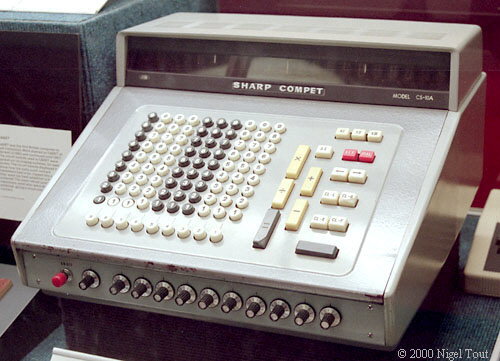
Following the release of the CS-10, the Japanese-manufactured Sharp Compet CS-10A was released. It used integrated circuits and a Nixie-tube display.
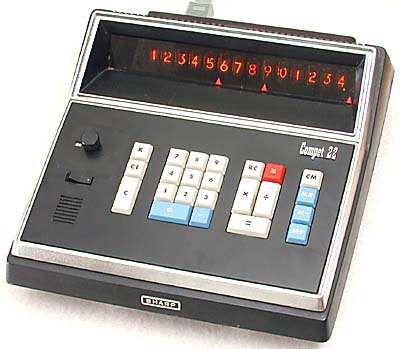
In 1967, The Sharp Compet CS-31A was developed, using bipolar integrated circuits. The similar CS-16A functioned with MOS integrated circuits.
Later in 1967, the vacuum-fluorescent display with ISE Electronics was applied with calculators. In 1968, Sharp received funding from the Japanese Ministry of International Trade and Industry (MITI) to research the addition of large-scale integrated circuits (LSI). This research brought about a prototype version of a calculator that used 11 LSI ICs.

Hayakawa created its first calculator using LSI integrated circuits that reduced the count of components. The company worked closely with the Autonetics division of Rockwell to develop this calculator. The Sharp QT-8D used four LSI ICs, one MSI IC, and one SSI IC.
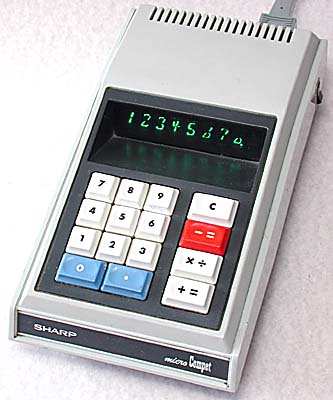
The Sharp QT-8B was inspired by its previous QT model. It was the first battery-powered handheld electronic calculator. The Sharp EL-8 was released shortly thereafter, and received technological assistance from MITI, the Japanese Trade Ministry.
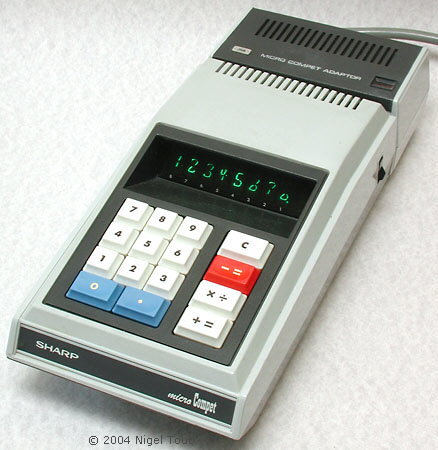
In 1972, the Sharp EL-801 was the first of its kind to use low-power-consumption CMOS integrated circuits. It featured an LED display.
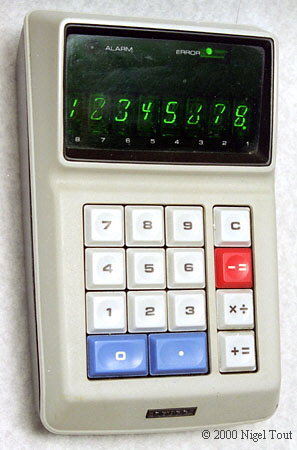
Sharp Corporation was honored with the IEEE Milestone in Electrical Engineering and Computing award by the Institute of Electrical and Electronics Engineers, to commend its groundbreaking calculator developments. The company is still around today, and produces a full line of cutting-edge tech products.
Story via VintageCalculators.com
Advertisement
Learn more about Electronic Products Magazine





